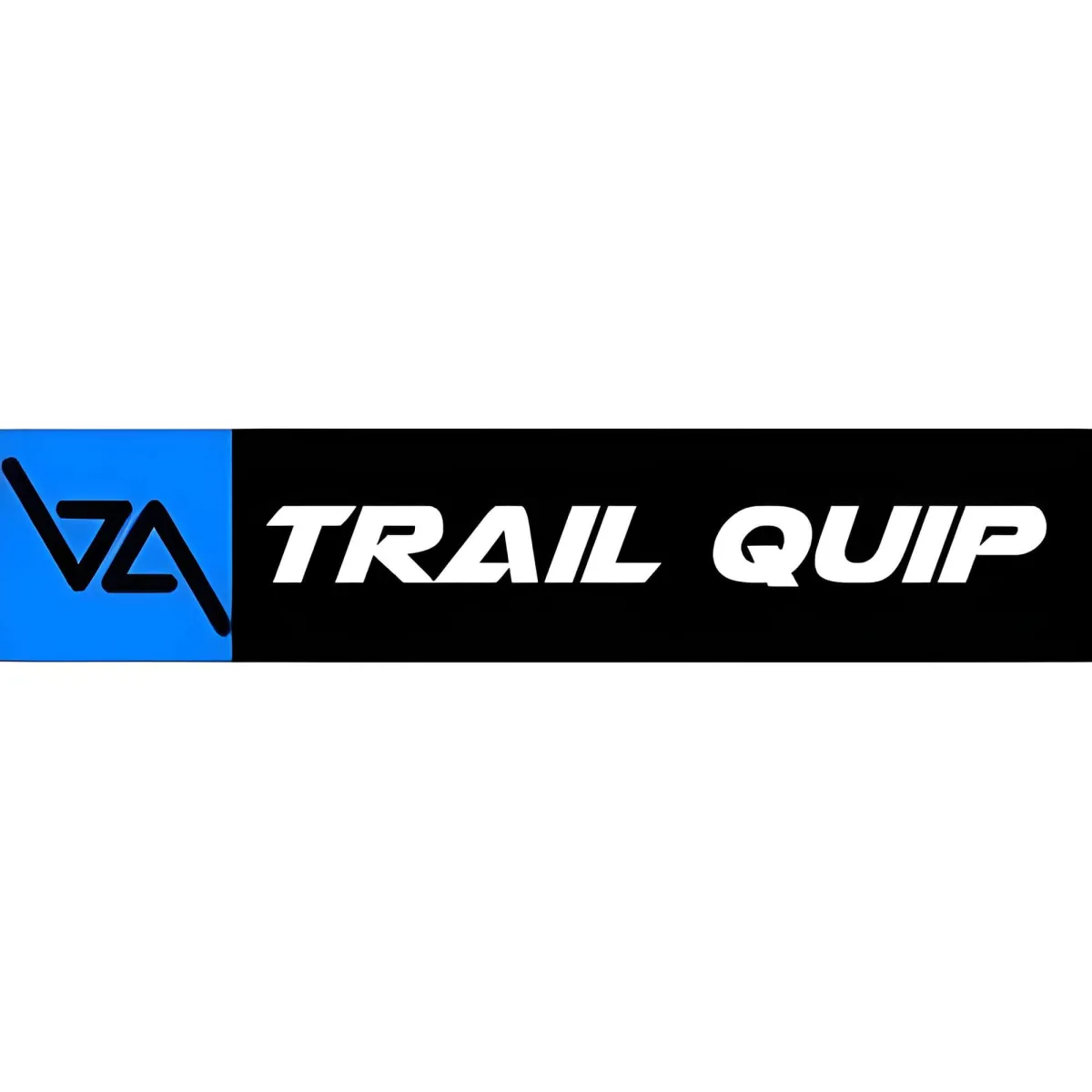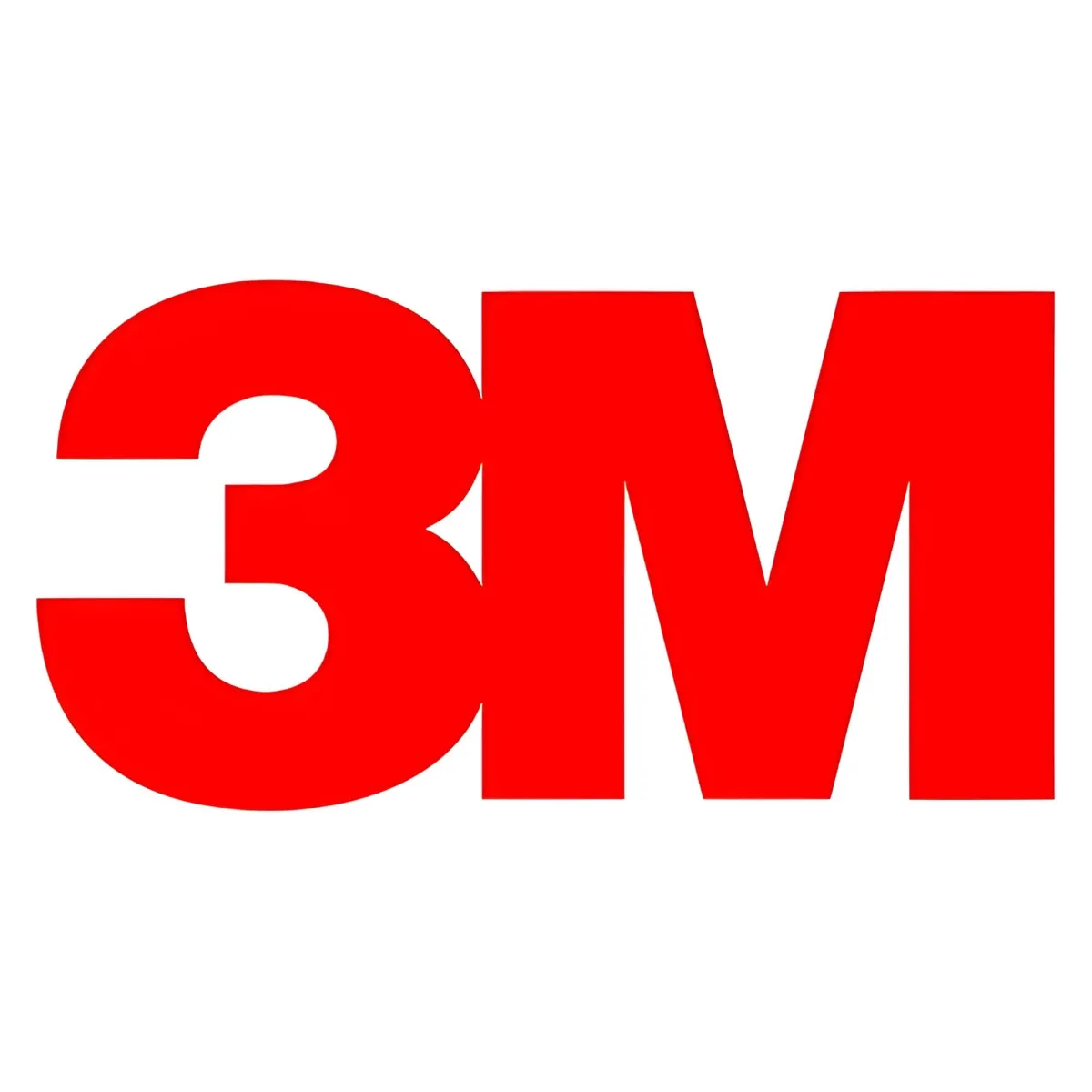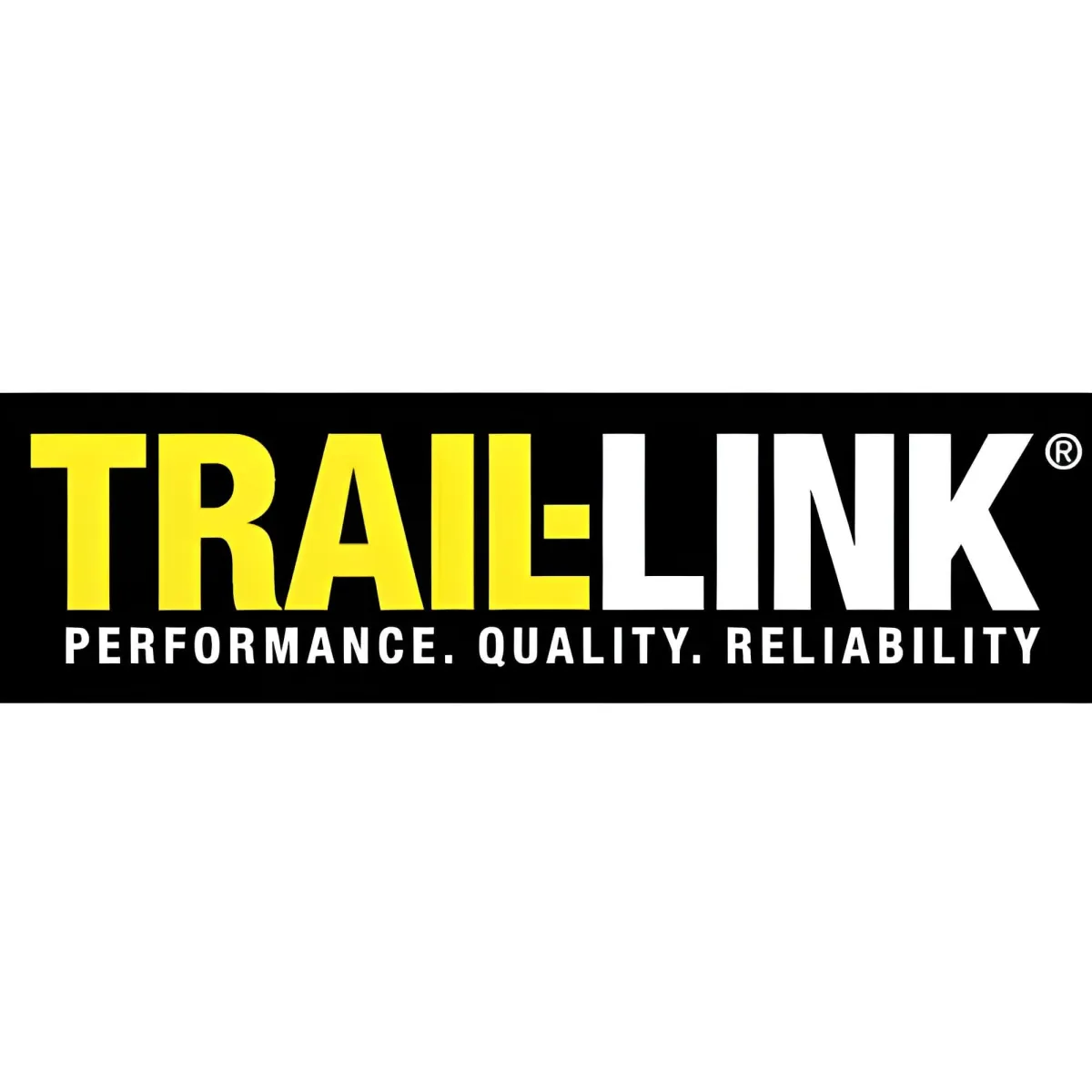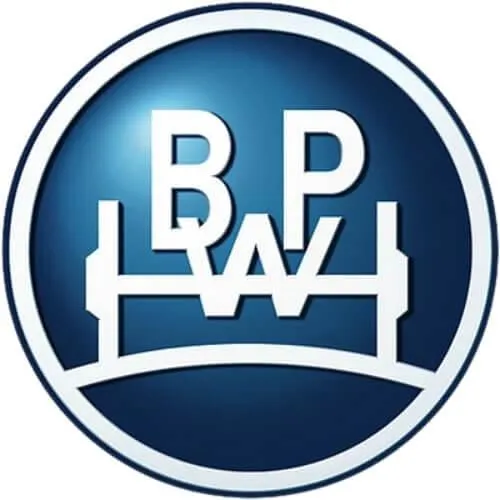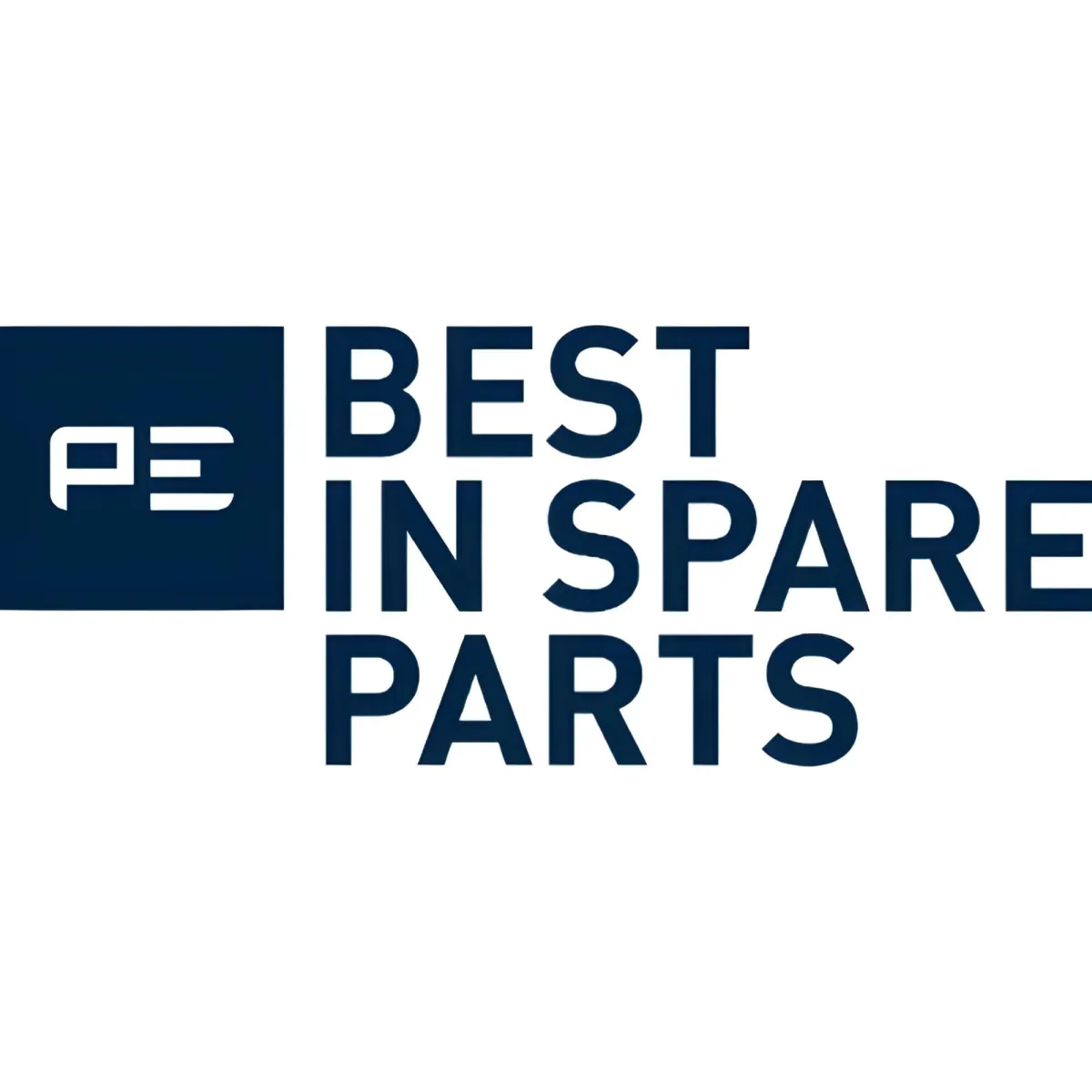
Simply go onto our online store

Select the products you request a quote on

Add the products to your cart/shopping basket

Add any addition or specific information in the message block when checking out

Check Out use the cash option and our team will send you your quotation within 2 hours
It's as easy as one, two, three
Suppliers We Work With
Contact Us
Address
Unit 2, Wadeville Industrial Village.
6 Crocker Road, Wadeville
Phone
010 - 880 4414
Opening Hours
Mon - Fri 8:00am - 5:00pm
Saturday 8:00am - 12:00pm
Sunday Closed

Contact Us - Wadeville Branch
Clyde - 060 805 6705
Office - 010 880 4414
admin@comrepairs.co.za
Find Us
Unit 2, Wadeville Industrial Village.
6 Crocker Road, Wadeville
Contact Us - Pomona Branch
Herman – 072 511 9789
Breakdowns
Opening Hours
Mon - Fri 8:00 am - 5:00 pm
Saturday 8:00 am - 12:00 pm
Sunday Closed

© 2025 All Rights Reserved | CRC Commercial Repairs And Components SA

